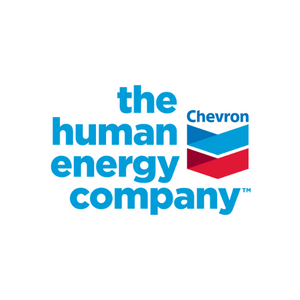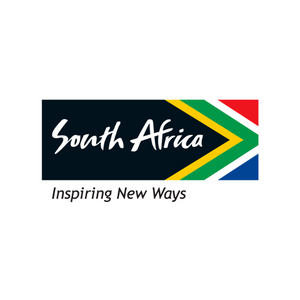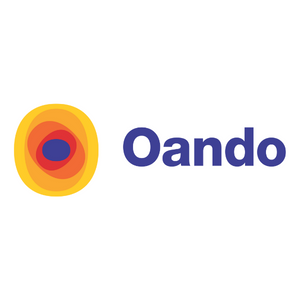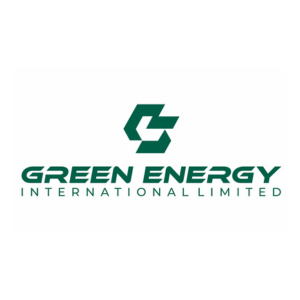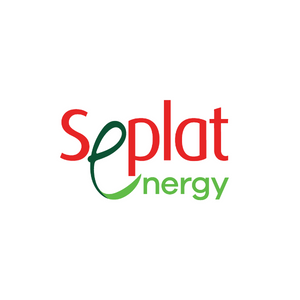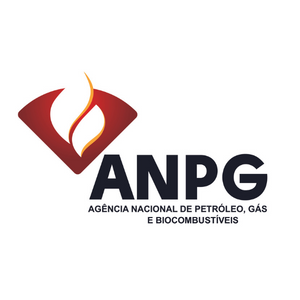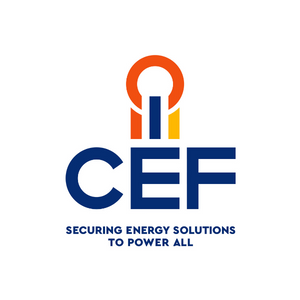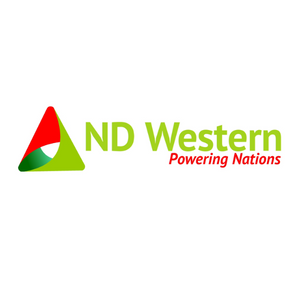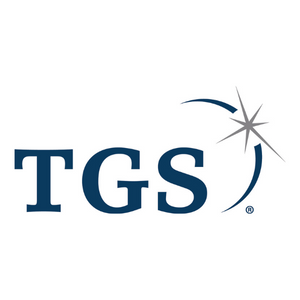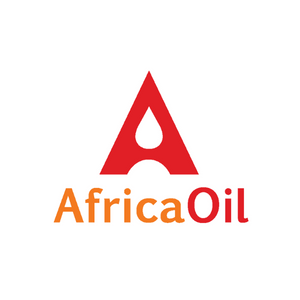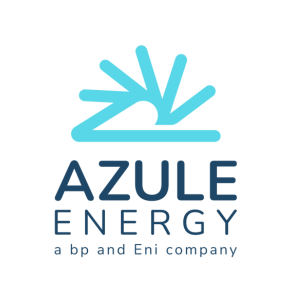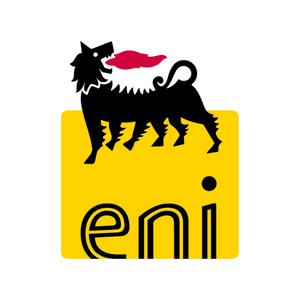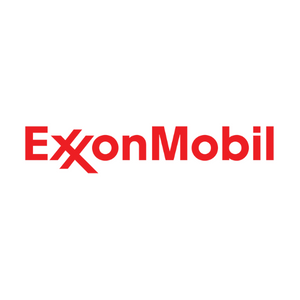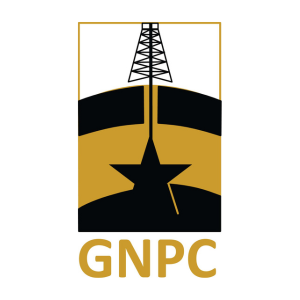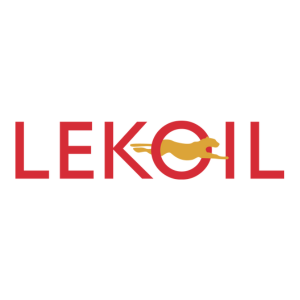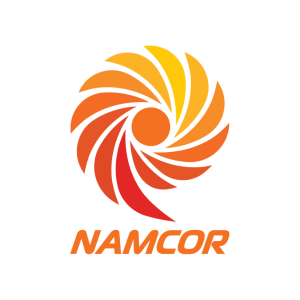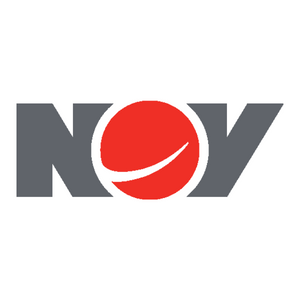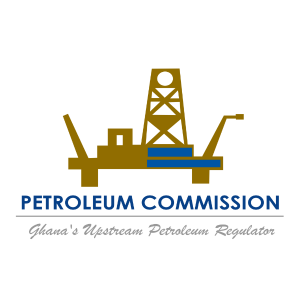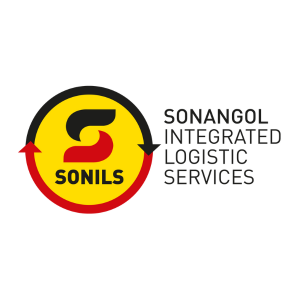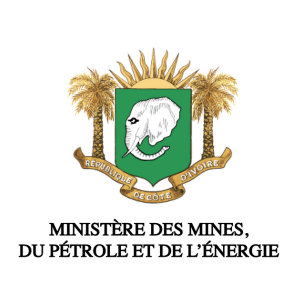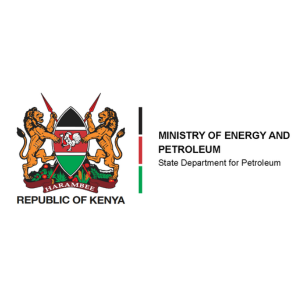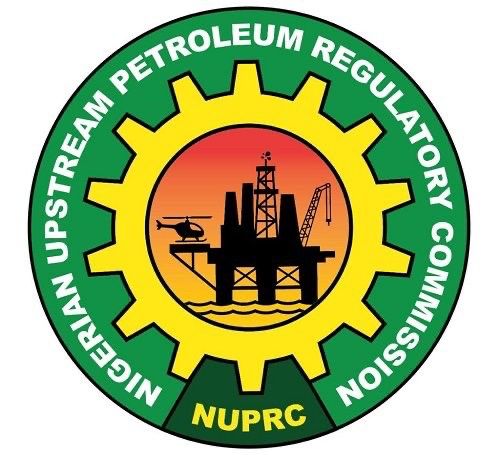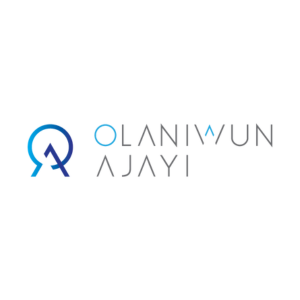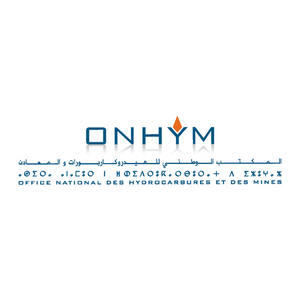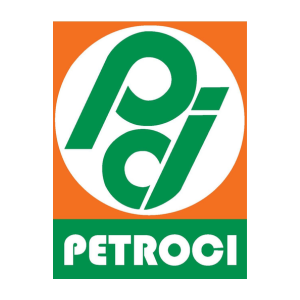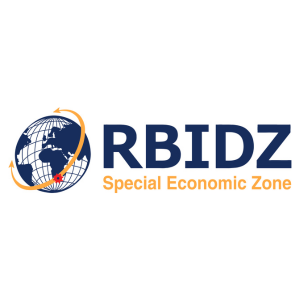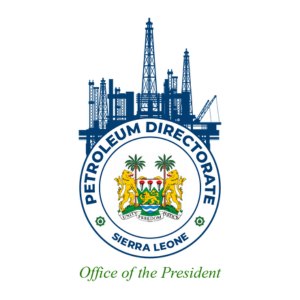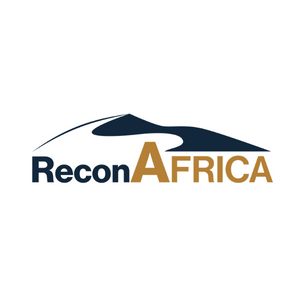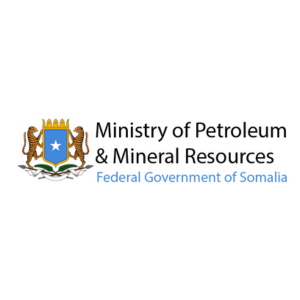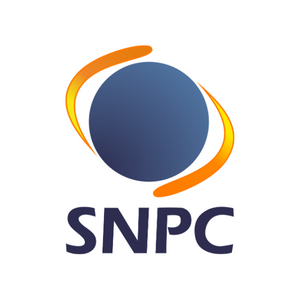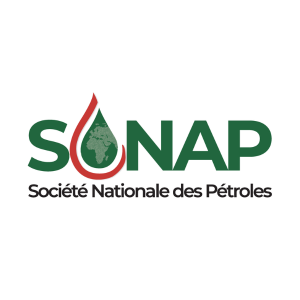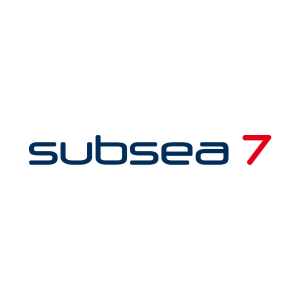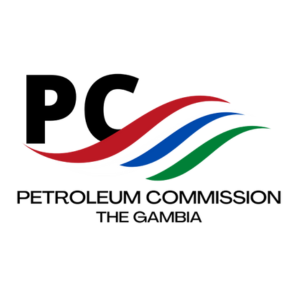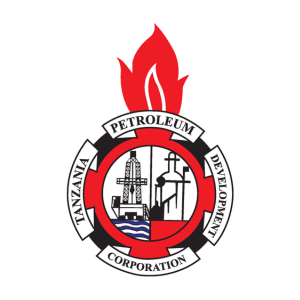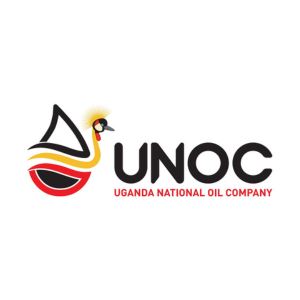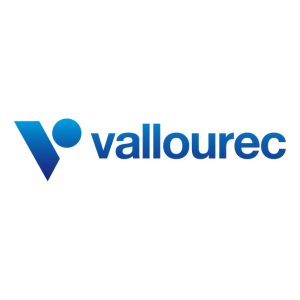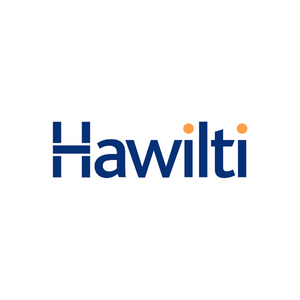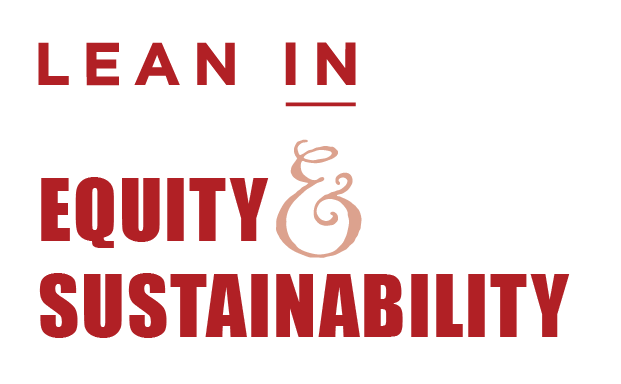Exploration began in 1948 for Somalia, when Sinclair Oil, Conoco, and Agip discovered eight sedimentary basins, but at present the country doesn’t produce hydrocarbons.
Exploration began in 1948 for Somalia, when Sinclair Oil, Conoco, and Agip discovered eight sedimentary basins, but at present the country doesn’t produce hydrocarbons. Prior to the 1991 overthrow of President Siad Barre’s regime, many IOCs had acreage in Somalia and more than 60 wells were drilled.
However, since 1991 there has been no credible form of unified government, and the country has split into different self-governing areas including the northern breakaway Somaliland — former British Somaliland — from which Puntland broke away. It is ironic that, despite being one of the world’s most homogeneous countries, the rivalries between different local clans and sub-clans have largely destroyed Somalia.
Despite the formation of the internationally recognised Federal Government of Somalia (FGS) on 1 August 2012, its Mogadishu based officials (in the south) have been unable to visit, let alone govern, the federations.
Oil prospects tied to the new government
As of 8 February 2017, Somalia has a new government under the newly elected President Mohamed Abdullahi Mohamed. In defeating the incumbent, Hassan Sheikh Mohamud, the election is good news for what, according to the Fragile States Index, has perceived as the world’s most failed state.
The election results have provided a burst of optimism, but the government is still faced with a considerable task. The reason being is that security is still the largest issue that Somalia faces, even despite the presence of the African Union Mission in Somalia (AMISOM) peacekeeping mission.
In light of the security issues, Somalia's state revenues - largely derived from the airport and port — are small, its police are understaffed, and the army lacks substance and credibility.
Oil rights have become a potential source of revenue but this has in turn politicised the oil industry. The risk is that oil exploration will feed the already entrenched rivalry between the central power in Mogadishu and the other regions.
Many of the latter are either controlled by the Islamist terrorists from Al-Shabaab, or local warlords. Politicians have made and issued informal agreements with different IOCs over rights to overlapping oil blocks, and their legality can only be determined when the political map of the country has been settled.
A disagreement with neighbouring Kenya over their maritime boundary also runs the risk of delaying offshore exploration in some very promising acreage. The killing of Kenyan troops by Al-Shabaab, and the spill over of the Islamist insurgency into northern Kenya, adds to the regional instability.
Oil presence and looking forward
Offshore geology can be divided into Obbia Basin in the north, the central Coriole Basin, and the Juba-Lamu Basin to the south.
The datasets have been processed and the Federal Government was expected to announce details of the licensing round in March 2017. Somalia is having to play catch-up with its regional neighbours who are also trying to attract investment and have the advantage of relative political stability and greater experience.
Landlocked Ethiopia — which has long been Somalia’s traditional enemy and supports Somaliland’s succession — has concentrated its exploration activities in the disputed Ogaden region. Meanwhile, as noted above, the maritime border dispute with Kenya rumbles on. The International Court of Justice (ICJ) has ruled that the maritime dispute should proceed to a full trial, and has scheduled 18 December 2017 as the deadline for Kenya’s case.
Somalia has made some positive moves towards exploration in recent years with the FGS authorising two recent 2D exploration seismic surveys. The first was an initial offshore 2D seismic acquisition programme by UK-registered Soma Oil and Gas in 2014, which obtained more than 20,500km² of seismic data. Spectrum then conducted its 2015
Multi-Client survey in 2015, extending over 20,560km².
In addition to the seismic imaging, which gives some strong indications of oil and gas potential, these surveys took place without any security incident, illustrating how the political and security environment is improving, as well as having an effective offshore operating environment.
The FGS is devoting more attention toward the country’s oil and gas opportunities. The Somalian Ministry of Petroleum and Resources is now operating from a new building — funded by the UAE’s Rakgas, Jacka Resources, Sterling Resources Genel and DNO — which contains a dedicated data processing room, and trains ministry staff to understand the aspects of licencing and the exploration cycle.
To illustrate the significance of this development from a financial standpoint, the ministry under Hassan Sheikh Mohamud’s government (2012-2017) generated more than US$5m in revenues, compared with the US$185,000 generated by the Transitional Government (2008-2012).
Other positive steps are visible from the government’s new legal and regulatory framework, supported by both the World Bank and African Development Bank (AfDB) funding:
>> Completion of the Petroleum Registry for legacy right holders and new interested IOCs
>> Introduction of a downstream law
>> Redrafting and amendments made to the petroleum legal framework to adapt to the federalisation of Somalia, by Norway’s Simonsen Vogt Wiig
>> A newly developed PSA model and its fiscal terms
A noteworthy development is the FGS’ announcement of its first licencing round — at Africa Oil Week 2016 — covering the prospects near central and southern Somalia. It will exclude the shallow block concessions signed in 1988 with Shell and ExxonMobil. An initial statement by the Ministry of Petroleum and Mineral Resources predicted the licence round opening in the first quarter of 2017, although no further details have since been released.
The ministry’s technical director-general, Abdulkadir Hussein, announced the development of a state-owned national oil company and regulatory body, which will be operational in 2017. According to the ministry’s initial statements, it would receive a 10% stake in all hydrocarbon ventures and, once the company becomes more established, it will put forward its own funds of up to 30%.
Investors will require assurance about these issues and any influences from the reformed regulatory framework affecting upstream and downstream sectors. They will also want reassurances about business relations with a government whose predecessors have a poor track record of corruption and mismanagement.
However, since 1991 there has been no credible form of unified government, and the country has split into different self-governing areas including the northern breakaway Somaliland — former British Somaliland — from which Puntland broke away. It is ironic that, despite being one of the world’s most homogeneous countries, the rivalries between different local clans and sub-clans have largely destroyed Somalia.
Despite the formation of the internationally recognised Federal Government of Somalia (FGS) on 1 August 2012, its Mogadishu based officials (in the south) have been unable to visit, let alone govern, the federations.
Oil prospects tied to the new government
As of 8 February 2017, Somalia has a new government under the newly elected President Mohamed Abdullahi Mohamed. In defeating the incumbent, Hassan Sheikh Mohamud, the election is good news for what, according to the Fragile States Index, has perceived as the world’s most failed state.
The election results have provided a burst of optimism, but the government is still faced with a considerable task. The reason being is that security is still the largest issue that Somalia faces, even despite the presence of the African Union Mission in Somalia (AMISOM) peacekeeping mission.
In light of the security issues, Somalia's state revenues - largely derived from the airport and port — are small, its police are understaffed, and the army lacks substance and credibility.
Oil rights have become a potential source of revenue but this has in turn politicised the oil industry. The risk is that oil exploration will feed the already entrenched rivalry between the central power in Mogadishu and the other regions.
Many of the latter are either controlled by the Islamist terrorists from Al-Shabaab, or local warlords. Politicians have made and issued informal agreements with different IOCs over rights to overlapping oil blocks, and their legality can only be determined when the political map of the country has been settled.
A disagreement with neighbouring Kenya over their maritime boundary also runs the risk of delaying offshore exploration in some very promising acreage. The killing of Kenyan troops by Al-Shabaab, and the spill over of the Islamist insurgency into northern Kenya, adds to the regional instability.
Oil presence and looking forward
Offshore geology can be divided into Obbia Basin in the north, the central Coriole Basin, and the Juba-Lamu Basin to the south.
The datasets have been processed and the Federal Government was expected to announce details of the licensing round in March 2017. Somalia is having to play catch-up with its regional neighbours who are also trying to attract investment and have the advantage of relative political stability and greater experience.
Landlocked Ethiopia — which has long been Somalia’s traditional enemy and supports Somaliland’s succession — has concentrated its exploration activities in the disputed Ogaden region. Meanwhile, as noted above, the maritime border dispute with Kenya rumbles on. The International Court of Justice (ICJ) has ruled that the maritime dispute should proceed to a full trial, and has scheduled 18 December 2017 as the deadline for Kenya’s case.
Somalia has made some positive moves towards exploration in recent years with the FGS authorising two recent 2D exploration seismic surveys. The first was an initial offshore 2D seismic acquisition programme by UK-registered Soma Oil and Gas in 2014, which obtained more than 20,500km² of seismic data. Spectrum then conducted its 2015
Multi-Client survey in 2015, extending over 20,560km².
In addition to the seismic imaging, which gives some strong indications of oil and gas potential, these surveys took place without any security incident, illustrating how the political and security environment is improving, as well as having an effective offshore operating environment.
The FGS is devoting more attention toward the country’s oil and gas opportunities. The Somalian Ministry of Petroleum and Resources is now operating from a new building — funded by the UAE’s Rakgas, Jacka Resources, Sterling Resources Genel and DNO — which contains a dedicated data processing room, and trains ministry staff to understand the aspects of licencing and the exploration cycle.
To illustrate the significance of this development from a financial standpoint, the ministry under Hassan Sheikh Mohamud’s government (2012-2017) generated more than US$5m in revenues, compared with the US$185,000 generated by the Transitional Government (2008-2012).
Other positive steps are visible from the government’s new legal and regulatory framework, supported by both the World Bank and African Development Bank (AfDB) funding:
>> Completion of the Petroleum Registry for legacy right holders and new interested IOCs
>> Introduction of a downstream law
>> Redrafting and amendments made to the petroleum legal framework to adapt to the federalisation of Somalia, by Norway’s Simonsen Vogt Wiig
>> A newly developed PSA model and its fiscal terms
A noteworthy development is the FGS’ announcement of its first licencing round — at Africa Oil Week 2016 — covering the prospects near central and southern Somalia. It will exclude the shallow block concessions signed in 1988 with Shell and ExxonMobil. An initial statement by the Ministry of Petroleum and Mineral Resources predicted the licence round opening in the first quarter of 2017, although no further details have since been released.
The ministry’s technical director-general, Abdulkadir Hussein, announced the development of a state-owned national oil company and regulatory body, which will be operational in 2017. According to the ministry’s initial statements, it would receive a 10% stake in all hydrocarbon ventures and, once the company becomes more established, it will put forward its own funds of up to 30%.
Investors will require assurance about these issues and any influences from the reformed regulatory framework affecting upstream and downstream sectors. They will also want reassurances about business relations with a government whose predecessors have a poor track record of corruption and mismanagement.

